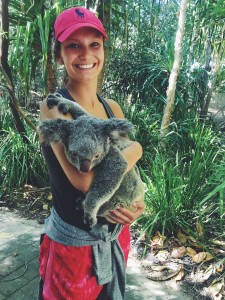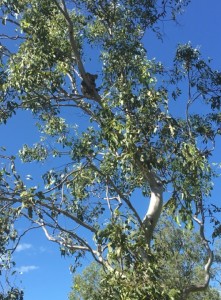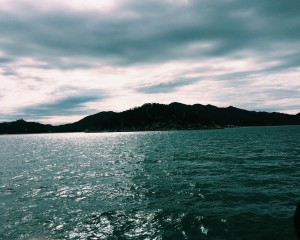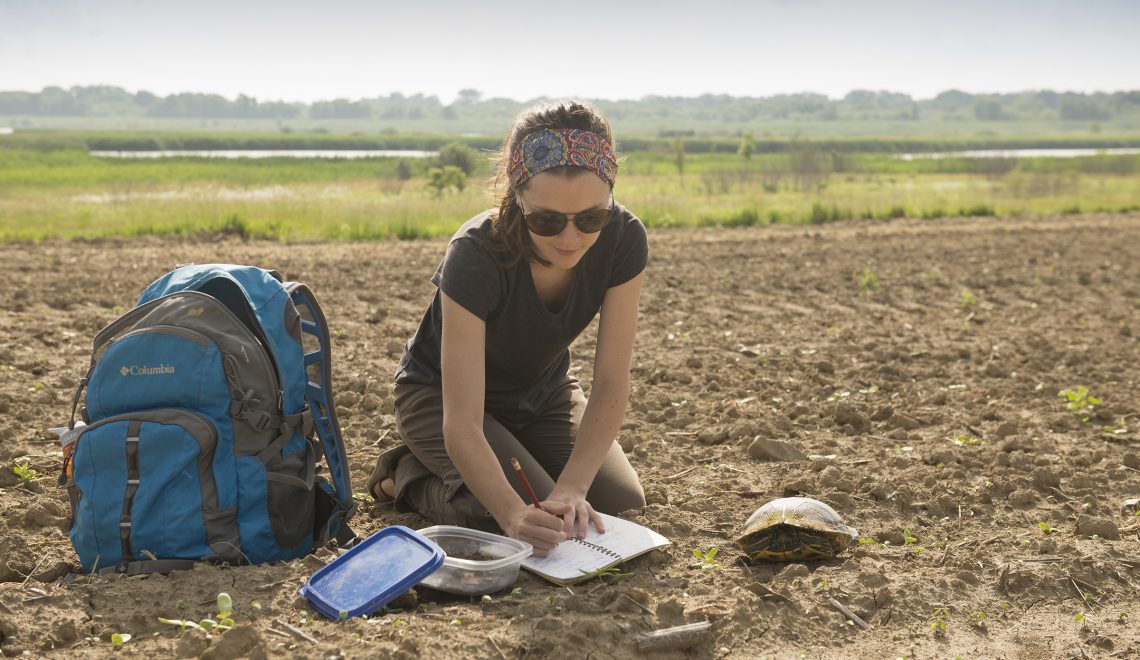Jessica Wetzel, The Ohio State University’s Sustainability in North Queensland 2016 student blogger, writes:
Our time on Magnetic Island so far has been absolutely incredible. Not only have I been able to take in the beautiful Australian landscape as we explore, but I’ve also had the opportunity to learn from many inspirational experts. Everything has been interesting, but today was especially relatable to my undergraduate degree focus, dietetics.
I heard an entirely different perspective on animal dietetics from Dr. Julie Funnell, a koala expert from Billabong Sanctuary. Our first activity involved collecting koala feces from the forest to survey the koala population on Magnetic island. Part of this survey was to smell the feces: a presumably unfortunate experience. However, the feces just smelled like eucalyptus, which is the sole contributor to the diet of koalas.
Koalas exist off of this high protein, high fiber plant. However, eucalyptus has little energy and nutrients, which directly impacts their sedentary lifestyle. Koalas spend 21 hours of each day resting. As said by koala experts, they literally “sleep, eat, repeat.” This played into a theme we have been discussing a lot; organism interconnectivity. As koalas take little action in the ecosystem, they have little to no role in the balance of life. This leads to a discrepancy in whether or not their conservation is a priority.
Fortunately, despite their lack of contribution to the habitat, many efforts are still taking place. After all, what would Australia be without the beloved cute, cuddly koalas?















